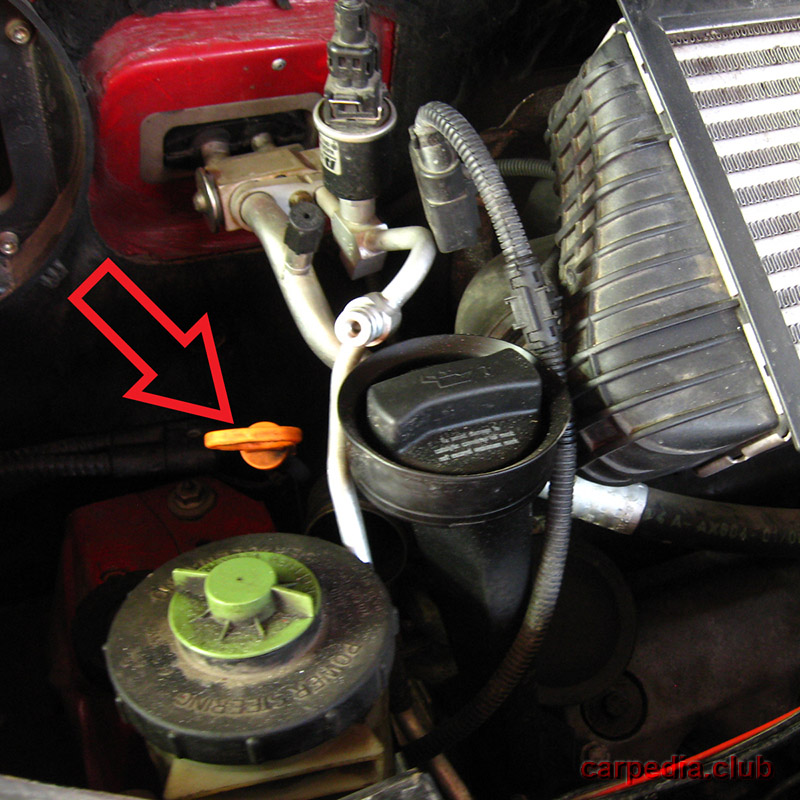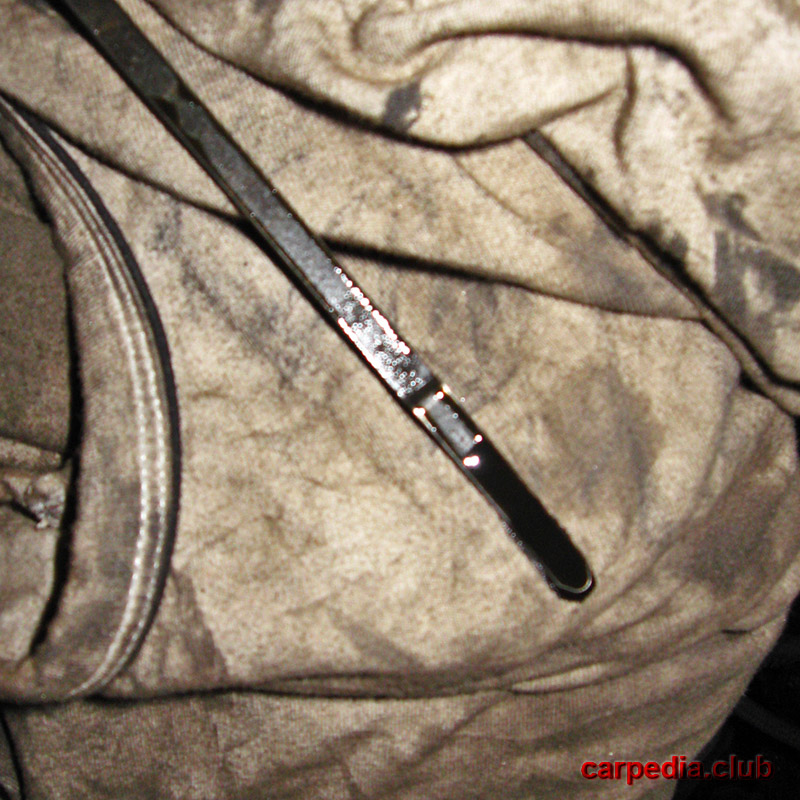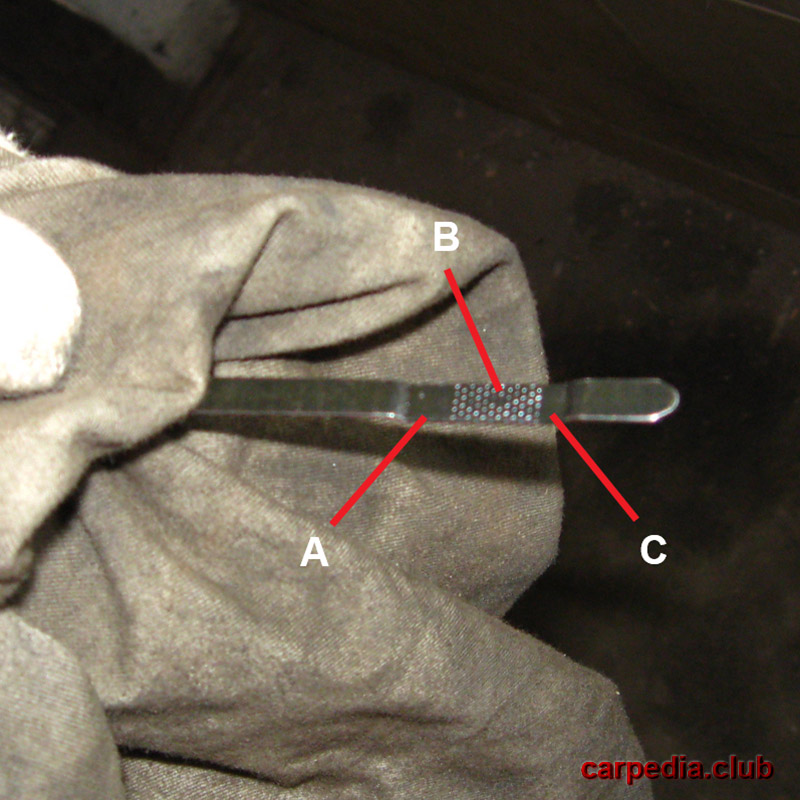Parts and consumables:
- Engine oil (5w40, 5w30)
- Cloth gloves (as needed)
- Rags
Notes:
Check the engine oil level approximately every 600–1000 km or before a long trip and top up if necessary.
The engine must not consume more than 1.0 liters per 1000 km. oils. Higher consumption is a sign of wear on the valve stem seals, piston rings or oil seals.
Volkswagen recommends an oil that must comply with the company's standards - No. 505.00 or No. 506.00. Be sure to check that the oil you fill in meets this specification.
To keep your car's engine running smoothly, you need to regularly check the engine oil. This is the simplest procedure and requires maximum regularity.
Volkswagen Transporter T4 engine oil is a lubricant between the moving parts of the engine. Insufficient oil level will lead to premature engine wear and contamination.
Checking the oil level should be carried out no earlier than 30 minutes after stopping the engine. If the check is carried out immediately after the engine is turned off, some of the oil will remain in the upper part of the engine and will not have time to drain into the sump, as a result of which the measurement result will not be correct.
Top up with Volkswagen Transporter T4 engine oil of the same grade, viscosity and type as the previously filled one.
Checking the oil level and adding oil to the engine Volkswagen Transporter
1. Park the vehicle on a level, level surface . Open the hood and lock it in the raised position. The oil level indicator (dipstick) with a yellow plastic tip is located on the front right side of the cylinder block, next to the engine oil filler neck.

The engine oil filler neck is located on the cylinder head cover.

2. Before checking the level, remove the Volkswagen Transporter T4 oil dipstick from the engine guide tube.

Note:
It is not necessary to exert much effort to remove the stylus. A little scrolling and pressing is only required to move it from its position.
3. Wipe the dipstick dry with a rag.
4. Install the dipstick back into the engine guide tube until it stops, wait a few seconds for the oil to leave a mark on the dipstick and remove it again. The oil level between the upper and lower marks is considered normal.

5. There are marks on the end of the probe:
- if the oil level is within area A, then the engine oil level is correct and does not need to be refilled;
- if the oil level is within area B, then the amount of oil in the engine as a whole is sufficient, but it can be topped up to mark B;
- if the oil level is in area C, then add oil to the engine at least to the level within area B.

6. To add oil, turn the oil filler cap counterclockwise and remove it.

7. Add the correct amount of engine oil while checking the level with the dipstick. Before removing the dipstick, wait 3 minutes for the oil to fully flow into the crankcase. The amount of oil between the upper and lower marks is 1.5 liters.

Note:
Under no circumstances should the upper mark (A) on the dipstick be exceeded. Therefore, it is better not to try at all to carry out an ultra-precise, on the upper mark, oil filling into the car engine. Excess oil will be quickly consumed, and burnout contributes to the formation of excessive deposits on engine parts. In addition, when the permissible level is exceeded, the crankshaft more intensively whips and foams the oil in the crankcase, which can in some cases contribute to the deterioration of lubrication.
Oil should be added slowly. It is recommended to do this in small portions. It is necessary to periodically pause so that the oil has time to settle into the crankcase.
8. After adding oil, tighten the oil filler cap tightly. Clean up spilled liquid with a cloth.

Note:
Operating the vehicle below the normal level (mark C) can lead to engine damage and, as a result, costly repairs. If the oil level of the Volkswagen Transporter T4 engine is above the norm (mark A), this can cause an increase in oil consumption due to burnout, oiling of the spark plugs and increased formation of carbon deposits.
Prolonged and frequent exposure of exposed areas of the body to used engine oil can lead to a variety of skin conditions, including dermatitis and skin cancers. Therefore, avoid unnecessary contact with oil and thoroughly rinse off any dirt from the skin after use.
The article is missing:
- Photos of parts and consumables
Source: carpedia.club
![T4 [1990 - 2003]](/uploads/Volkswagen_Transporter_IV_T4_1990_-_2003_.jpg)